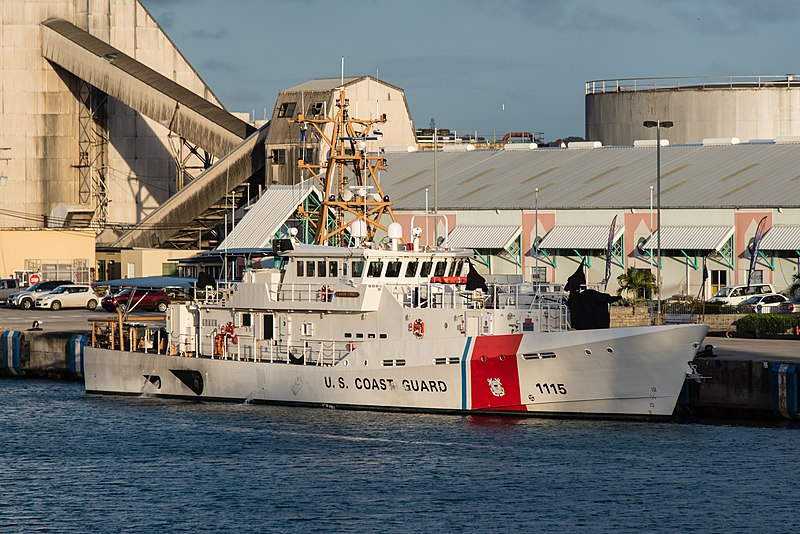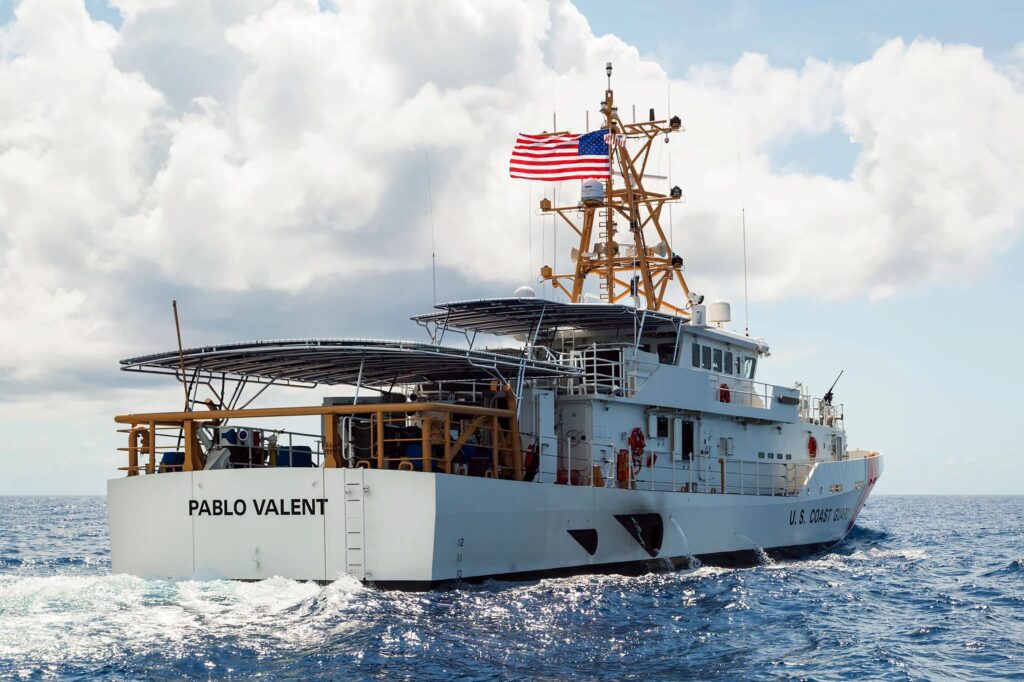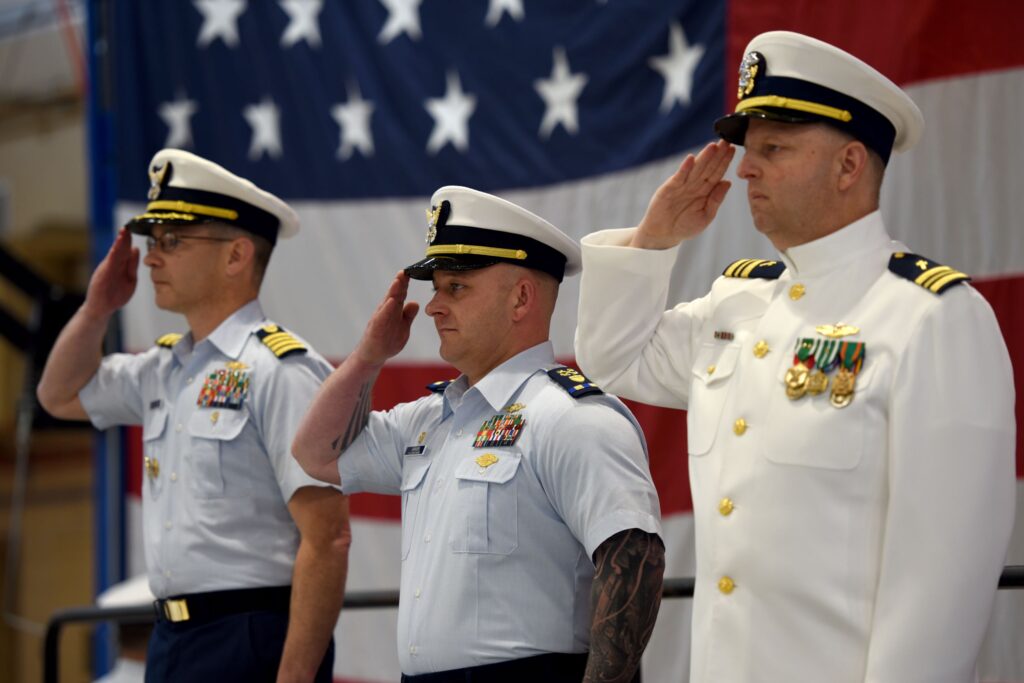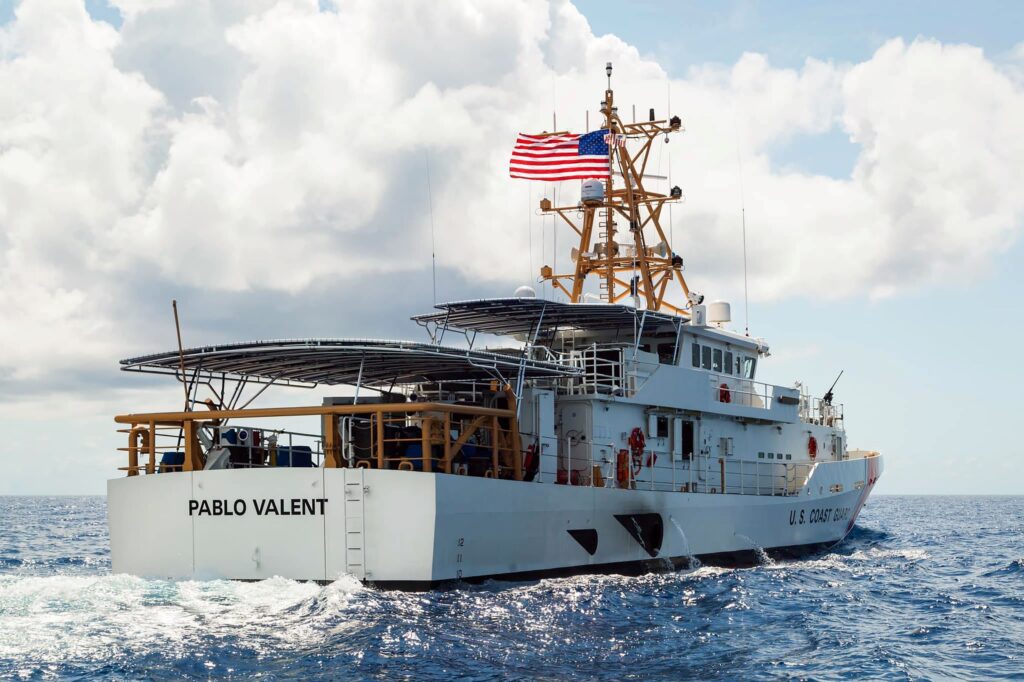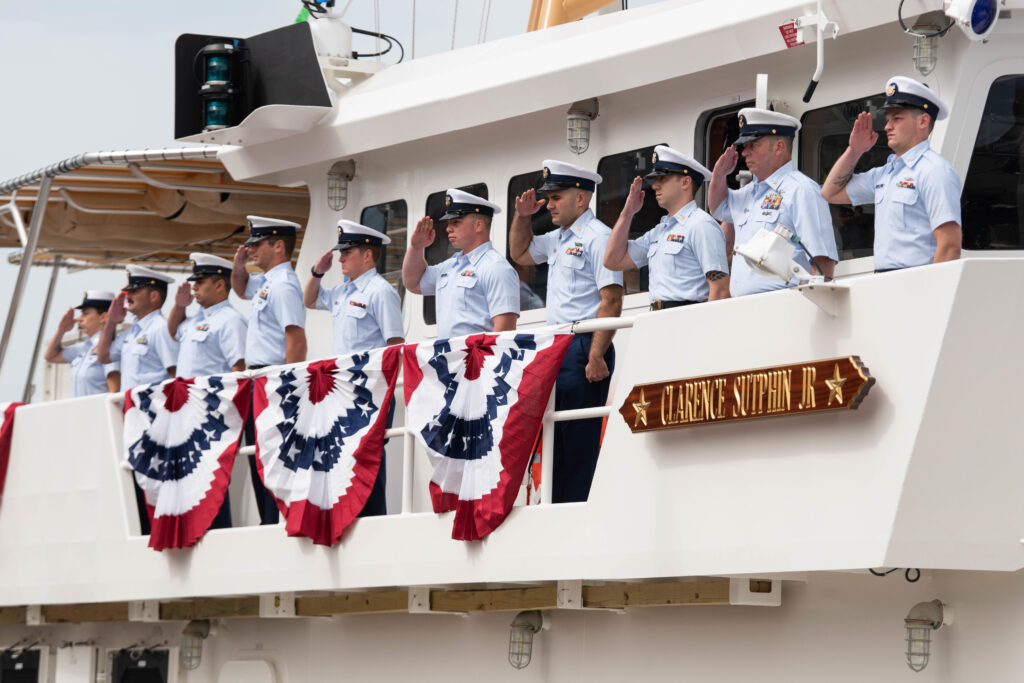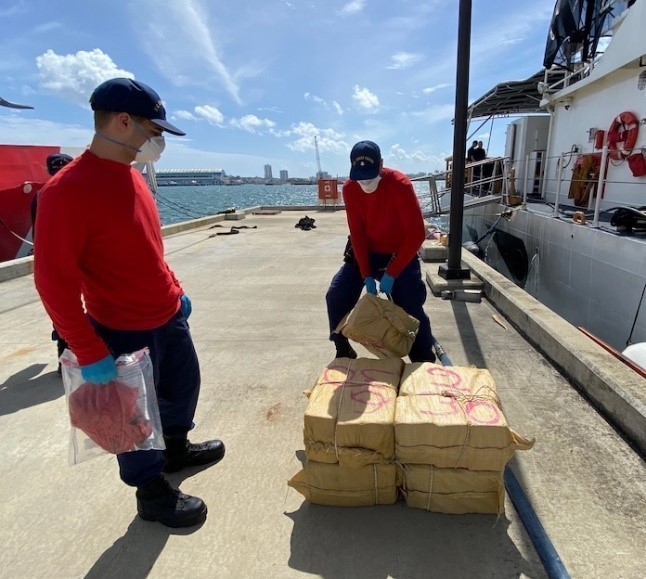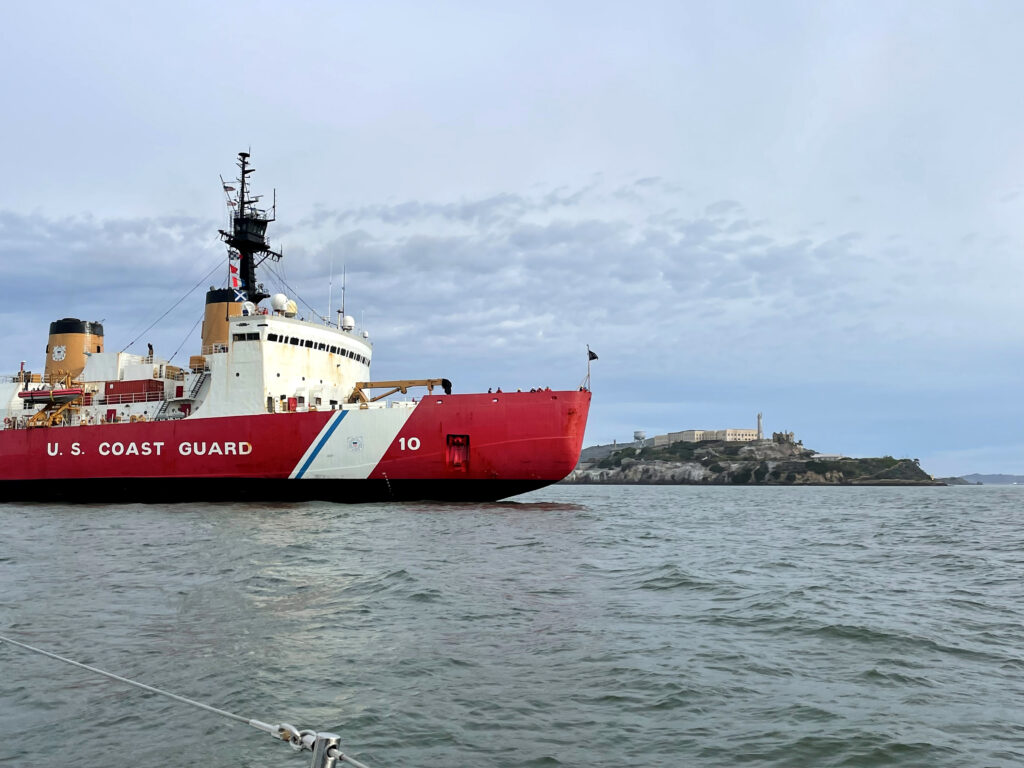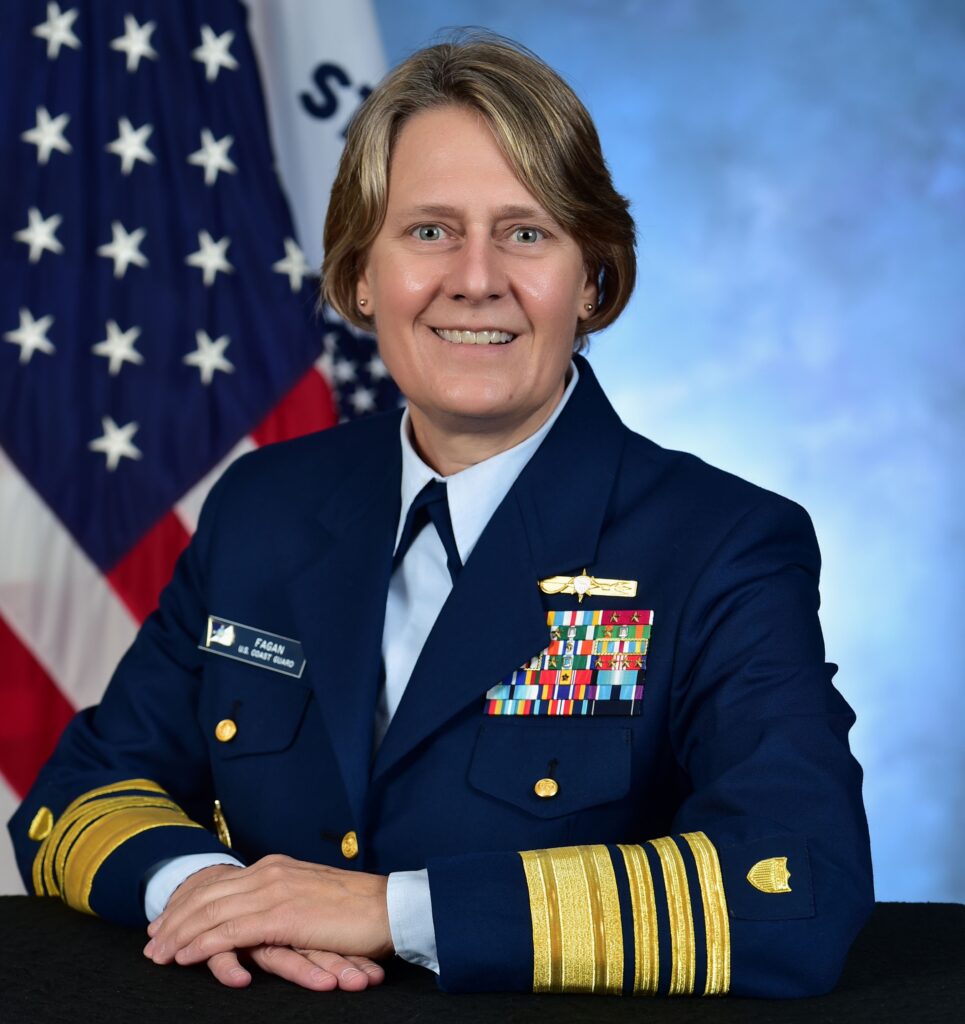Fagan Confirmed as Next Coast Guard Commandant
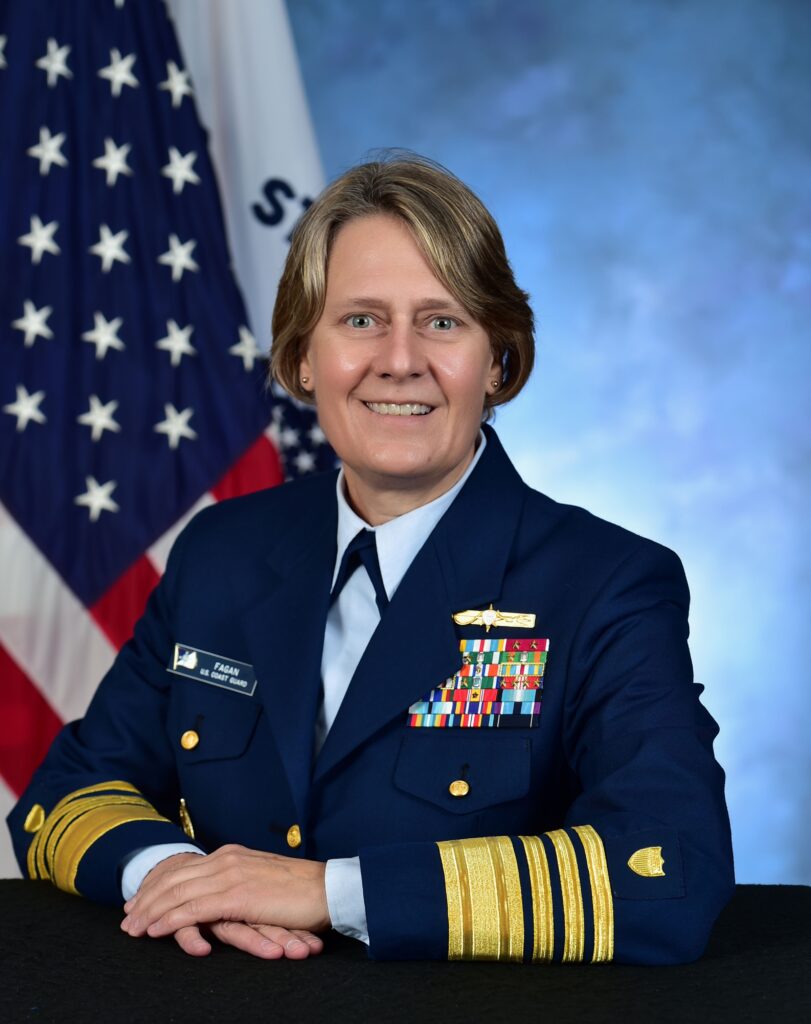
WASHINGTON — The U.S. Senate confirmed Adm. Linda Fagan Wednesday to lead the Coast Guard as its next commandant, said Kara Noto of the Coast Guard’s MYCG staff.
Fagan will be the first woman to lead a U.S. military service branch.
Fagan has served as the service’s vice commandant since June 2021, when she became the first woman four-star admiral in Coast Guard history.
The White House issued the following May 12 statement from President Joe Biden:
“It is with deep pride that I congratulate Admiral Linda L. Fagan on her confirmation by the Senate as Commandant of the U.S. Coast Guard. Admiral Fagan is the Coast Guard’s first woman to hold the rank of four-star admiral. Today, she again makes history not only as the first woman to lead the Coast Guard—but also as the first woman Service Chief of any U.S. military service. Admiral Fagan’s leadership, experience, and integrity are second to none, and I know she will advance the Coast Guard’s mission to ensure our nation’s maritime safety and security.
“My administration is committed to seeing more qualified women in senior leadership and command roles; making sure women can succeed and thrive throughout their military careers. Today, Admiral Fagan’s confirmation as Commandant of the U.S. Coast Guard signals to women and girls across our nation they have a place in protecting their country at the highest level.”
The Senate also confirmed five other significant roles:
- Vice Commandant – Adm. Steven D. Poulin
- Deputy Commandant for Operations – Rear Adm. Peter Gautier
- Commander, District 14 – Rear Adm. Michael H. Day
- Commander, Atlantic Area – Rear Adm. Kevin Lunday
- Commander, Pacific Area – Rear Adm. Andrew J. Tiongson
Previously announced senior leadership assignments include:
- First District Commander – RADM J.W. Mauger
- Fifth District Commander – RADM (Select) S.N. Gilreath
- Seventh District Commander – RADM (Select) B.C. McPherson
- Eighth District Commander – RADM (Select) R.V. Timme
- Ninth District Commander – RADM M.J. Johnston
- Eleventh District Commander – RADM (Select) A.M. Sugimoto
- Thirteenth District Commander – RADM M.W. Bouboulis
- Seventeenth District Commander – RADM N.A. Moore

